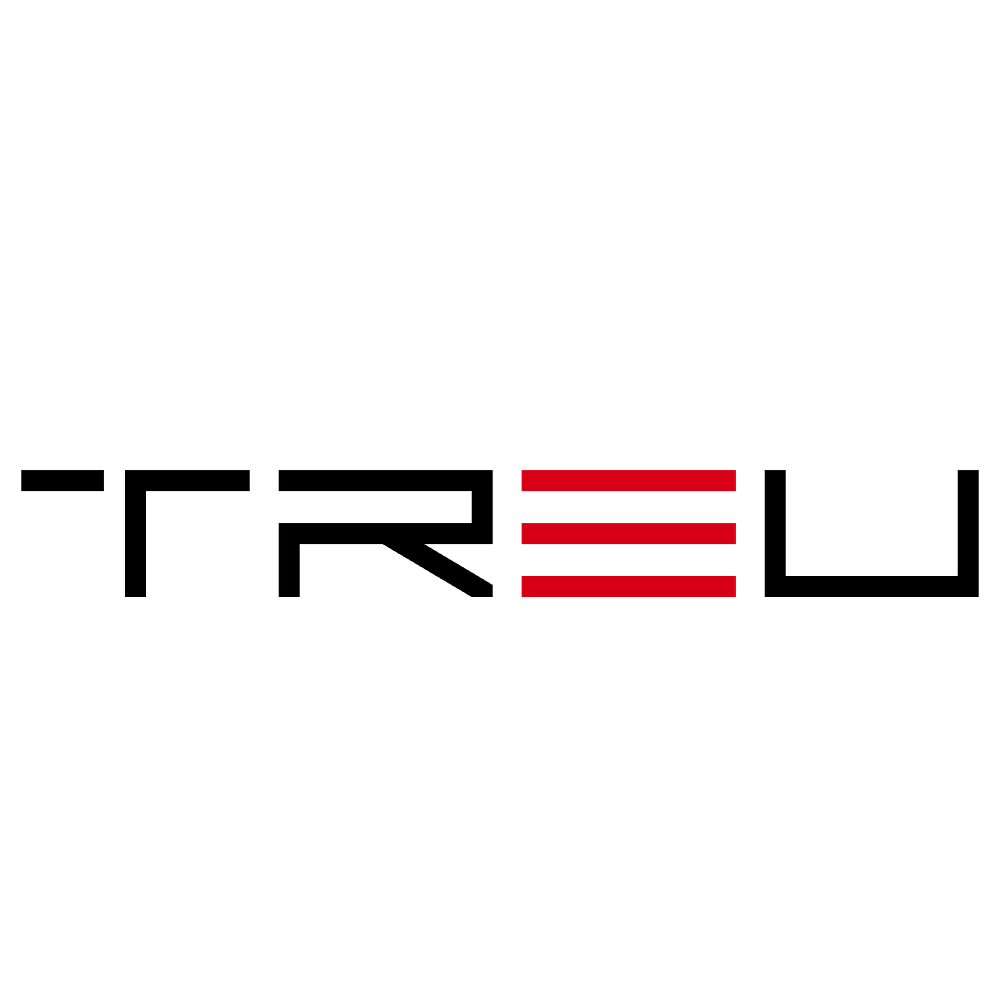Global Smart Power Technology Market Growth Trends and Forecast for 2032
The demand for smart power technology is growing significantly, driven by the need for energy-efficient systems across industries. With increasing global concerns about energy conservation, climate change, and sustainable power solutions, companies are investing heavily in smart power technologies to optimize power consumption and reduce waste.
According to market research, the global smart power technology market is projected to expand significantly by 2032 due to advancements in power electronics, semiconductor technologies, and AI-driven energy optimization solutions. This blog explores key market trends, growth drivers, challenges, and future forecasts.
– —
What is Smart Power Technology?
Smart power technology involves advanced energy management solutions that utilize intelligent semiconductor devices, power controllers, and energy-efficient power grids to optimize power consumption. These systems are designed to enhance performance while reducing energy losses in industrial, commercial, and residential applications.
The major components of smart power technology include:
- Smart power ICs (Integrated Circuits) – Used in power management systems
- Energy-efficient semiconductors – Improve energy conversion efficiency
- IoT-enabled power grids – Facilitate real-time monitoring and optimization
- AI-driven power management systems – Enable predictive maintenance and efficient energy utilization
This technology is widely used in automotive, industrial automation, consumer electronics, and renewable energy systems, making it a critical driver of sustainability and smart infrastructure development.
—
Market Growth Drivers
Several factors are fueling the exponential growth of the global smart power technology market.
1. Rising Demand for Energy Efficiency
Governments and industries worldwide are prioritizing energy efficiency as part of their sustainability goals. Smart grids and power management systems help reduce power consumption, making them essential in today’s energy-conscious world.2. Rapid Advancements in IoT and AI-Driven Power Solutions
The integration of IoT, AI, and cloud computing in power management has transformed the energy sector. AI-enabled energy management solutions predict power consumption patterns, automate energy distribution, and minimize power wastage, leading to increased efficiency and cost savings.3. Growth in Electric Vehicles (EVs) and Renewable Energy Systems
The rapid adoption of electric vehicles (EVs) and renewable energy sources such as solar and wind power is driving demand for smart power semiconductors and energy-efficient power electronics. These technologies help regulate and optimize energy distribution, ensuring maximum efficiency.4. Increasing Industrial Automation
Industries worldwide are implementing automation and smart manufacturing technologies that require efficient power management solutions. Smart factory setups leverage predictive maintenance and power control systems, further driving the market growth.5. Government Regulations and Incentives
Governments are actively promoting energy-efficient solutions through various initiatives, rebates, and regulatory policies. Strict energy consumption guidelines for industrial and commercial operations are compelling companies to adopt smart power technologies to comply with new standards.Key Challenges in the Smart Power Technology Market
Despite its promising growth, the smart power technology market faces several challenges:
- High Initial Costs – Implementation of advanced smart power solutions requires upfront investments that may be prohibitive for small and mid-sized businesses.
- Complex Integration of Technologies – Compatibility issues among different systems and technologies pose a challenge for seamless adoption.
- Cybersecurity Risks – Smart grids and AI-driven power systems are vulnerable to cyber threats, necessitating robust security protocols.
- Limited Awareness and Adoption in Emerging Markets – Developing economies have yet to fully embrace smart power solutions due to lack of awareness, infrastructure constraints, and limited government support.
Regional Market Insights
North America
North America leads the smart power technology market due to strong technological advancements, high adoption rates of IoT and AI-powered energy solutions, and government initiatives promoting renewable energy.
Europe
Europe is experiencing significant growth in smart energy solutions due to stringent environmental policies and increased investment in renewable energy projects. The European Green Deal is a key driver in this market, pushing industries to optimize energy consumption.
Asia-Pacific
The Asia-Pacific region is poised for exponential growth due to rapid industrialization, strong investments in smart grids, and the booming electric vehicle market in countries like China, Japan, and India.
Latin America and Middle East & Africa
These regions are gradually adopting smart power technologies due to initiatives in renewable energy integration, industrial infrastructure development, and government policies favoring energy-efficient solutions.
Future Trends and Forecast (2025-2032)
The global smart power technology market is expected to witness rapid transformation in the coming years. Key trends include:
- Rise of AI and Machine Learning in Power Management – AI-driven analytics will enable real-time adjustments to power consumption, leading to optimized energy usage.
- Integration of Smart Grids and Energy Storage Systems – Smart grids coupled with energy storage technologies will enhance power distribution efficiency and reliability.
- Advancements in Semiconductor Technology – More energy-efficient power semiconductors will revolutionize power management in electric vehicles and industrial applications.
- Expansion of 5G Networks and Edge Computing – The implementation of 5G and edge computing will enable more efficient energy distribution in smart cities and industrial networks.
- Sustainability-Focused Power Solutions – Companies will increasingly invest in green energy solutions, contributing to a more sustainable and eco-friendly power ecosystem.
According to industry reports, the market is expected to grow at a significant CAGR from 2025 to 2032, with major contributions from automotive, industrial automation, and renewable energy sectors.
Conclusion
The global smart power technology market is undergoing a massive shift driven by technological innovations, increasing demand for energy-efficient solutions, and government initiatives. With rapid advancements in AI, IoT, and power semiconductor technologies, the sector is expected to witness substantial growth by 2032.
Companies investing in smart power solutions today will not only comply with evolving energy regulations but also gain a competitive edge by reducing operational costs and optimizing power consumption. As smart energy systems continue to evolve, businesses must stay ahead by integrating cutting-edge technologies to maximize efficiency and sustainability.

